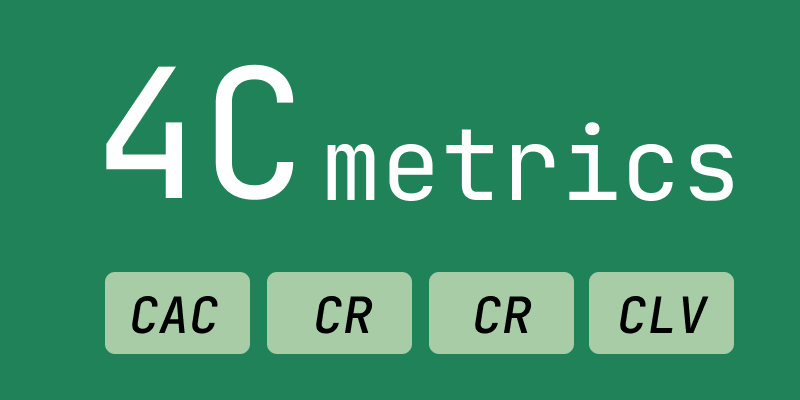Data is the most important value you can own for your business. You think the same, right?
Adam Pearce started a Linkedin poll about the most important ecommerce metric. (Follow him)
Return here to check results after 10th of January 2023. At this moment those are the results.
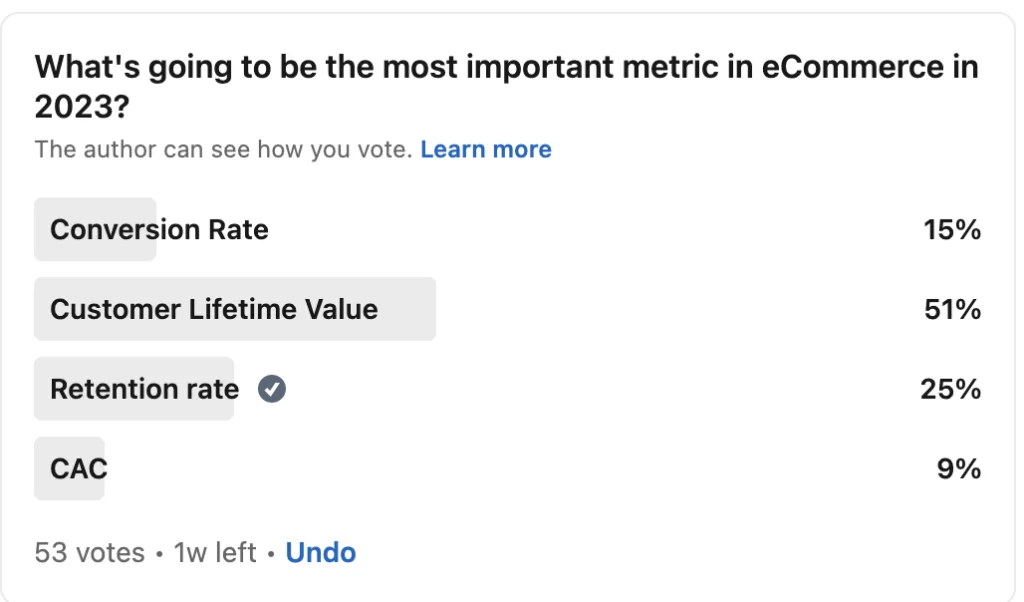
So here are the 4 metrics you must track and follow:
- customer acquisition cost
- conversion rate
- customer lifetime value
- customer retention
You can track anything you want, so do you have the answer to everything? Or is the data too much, and the array of resources you have access to is so big so you don’t know what to follow?
Let’s repeat: data is the most important asset you can own for your business!
First. Never neglect the data you have access to!
You either don’t know where to start with data gathering and end up missing out, leading to what we call data-paralysis.
Or, you spend so much time analysing the mountains of data you and your team have been capturing that you end up with no actionable insights.
Do you like this article?
Join our CX for Retail dedicated newsletter!

Stay connected to what’s really important to optimize your digital revenues.
By clicking the button, you accept our Terms & Conditions. Also you will need to confirm your email address.
Are your business or marketing decisions data driven?
Being data driven doesn’t mean you have to be great with numbers. It doesn’t mean knowing what’s happening with every inch of your business at every moment in time.
And it doesn’t mean obsessing over your iOS vs Android split and stressing about how that might impact decision making at your car dealership (I wish that wasn’t a true story).
Tracking data is one of the key pillars of a successful business.

Without tracking, you just won’t know what works and what doesn’t. In Growth, nothing can ensure failure more quickly than that.
Amidst the trend of “track everything” advice though, one thing is sorely lacking: the acknowledgement that if you’re overwhelmed by too much data, you might as well have none.
So where do you start with your initial data analysis efforts?
Let’s get one thing out of the way: we’re not telling you that this is all you’ll ever need to track. Organisations that apply data-driven decision making out-perform their competitors. No ifs, buts, or maybes.
What we’re saying is that these are a selection of the key metrics we look to track, analyse, and improve, before anything else.
We do this whether we’re looking at Vibetrace metrics or a client’s business. This is our jam, so we quickly get more in depth than this. However, if you don’t currently have the benefit of a kick ass growth team, this is a good place to start gaining real insight.
Customer Acquisition Costs (CAC)
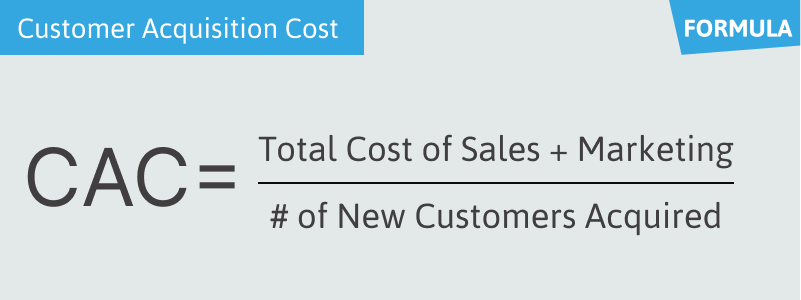
This is not complicated: customer acquisition costs (CAC) are what it costs to acquire a customer or sale. It is all too easy to overspend in this area, which means this is a vital measure to track.
If you spend too much here, you will need to find a way to increase margin, conversions or reduce costs quickly.
Keep an eye on this and track variations across channels or segments. If you’re noticing that one channel or group is converting at a lower cost, i.e. they have a lower CAC, that’s a key signal to start developing a distinct User Persona for that segment.
From there, you can work out how to scale up your efforts with that segment as much as possible.
The other reason to track CAC (apart from CAC being extremely fun to say) is that it keeps you focused on retention.
As anyone will tell you, it’s cheaper to retain a customer than acquire a new one. Having one eye on your CAC will remind you of that and keep you motivated to provide great service to those existing customers.
Conversion Rate
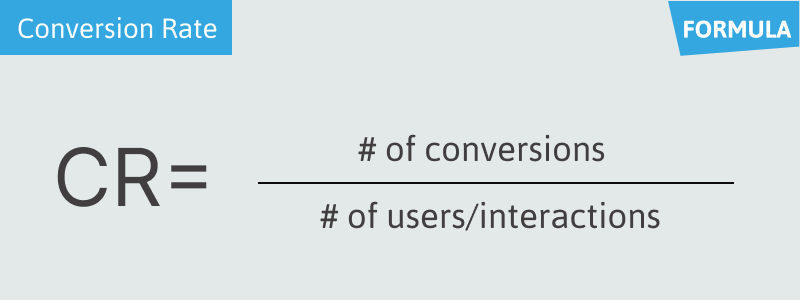
Conversion rate is simply a measure of how compelling your communications are. Whether it’s your landing page, a display ad, or your content marketing, conversion rate tracking enables you to see how your audience is reacting to your efforts.
Before you start rushing in to chase aggressive, conversion focused changes: a warning.
If you leave your conversion rate ambitions unchecked for too long, your optimisation efforts will turn your website into gambling or porn. It’s important to remember to stay in touch with what you’re trying to do instead of optimising solely for conversions.
Focus on creating a compelling promise that is in line with your product or service. If you can provide value up front, do it.
Things like proof (testimonials, companies you work with, etc.) are a powerful example of a landing page addition that can have powerful conversion impacts without adding promises that aren’t aligned to what you actually deliver.
Customer Lifetime Value
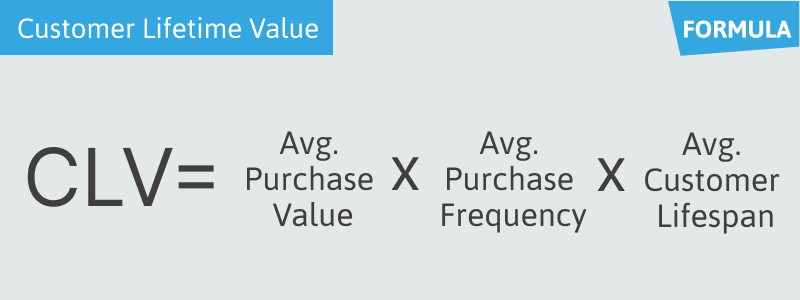
Going back speaking about money. How much is a customer worth for your business? Do they bring you $10 or $50.000 during their entire lifetime as customer?
Why is this important? If a customer is a gold mine and you found out he can spend 30k, won’t you pay $100 to bring him in initially?
Obviously, if a business knows that a customer has a high lifetime value, they may be more willing to invest in marketing and other efforts to retain that customer and keep them coming back.
On the other hand, if a customer has a low lifetime value, the business may decide to focus their efforts on attracting new customers with higher lifetime values. You don’t want to pay 50 bucks to get a customer that probably bring you just $60, right? It doesn’t make sense.
So this metric is really tied to other and help you make decisions on marketing and advertising costs.
Customer Retention
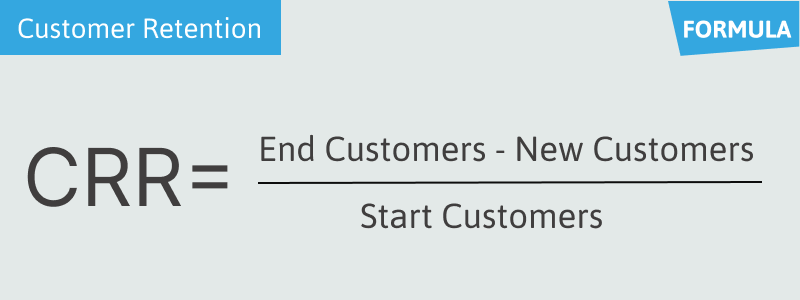
Buy once, buy twice, buy hundred of times! Why do you think Amazon Prime exists? is it because they want to give you free shipping just like that?
No… they want you to come back. As often as possible.
This is the percentage of customers that continue to make purchases from a business over a specific period of time.
For example, if a business had 100 customers at the beginning of the year and 80 of them made a purchase in the following year, the customer retention rate would be 80%.
Focus on retaining customers instead of paying all the time to acquire new ones. Obviously do this when you are already on the market, not just starting out. Convincing a customer to purchase again is much cheaper (and sometimes easier) than to run after new ones.
There you have it. While it’s far from a comprehensive article about data tracking and data backed decision making, we hope this provides a starting point.
Or, that this guide helps you to see what you should be looking at out of the mountain of data you’re faced with.
The Takeaway: There are 4 main metrics that you should never neglect, no matter how busy your business (or personal) life gets.
Ask yourself these 4 questions:
- How much does it cost to acquire a new customer?
- What % of visitors are you converting into customers?
- How much money does a customer brings in during entire lifetime?
- How many customers or I loose every month?
Make sure you subscribe to our newsletter to get more detailed data related topics in the future. We’d love to jam.

